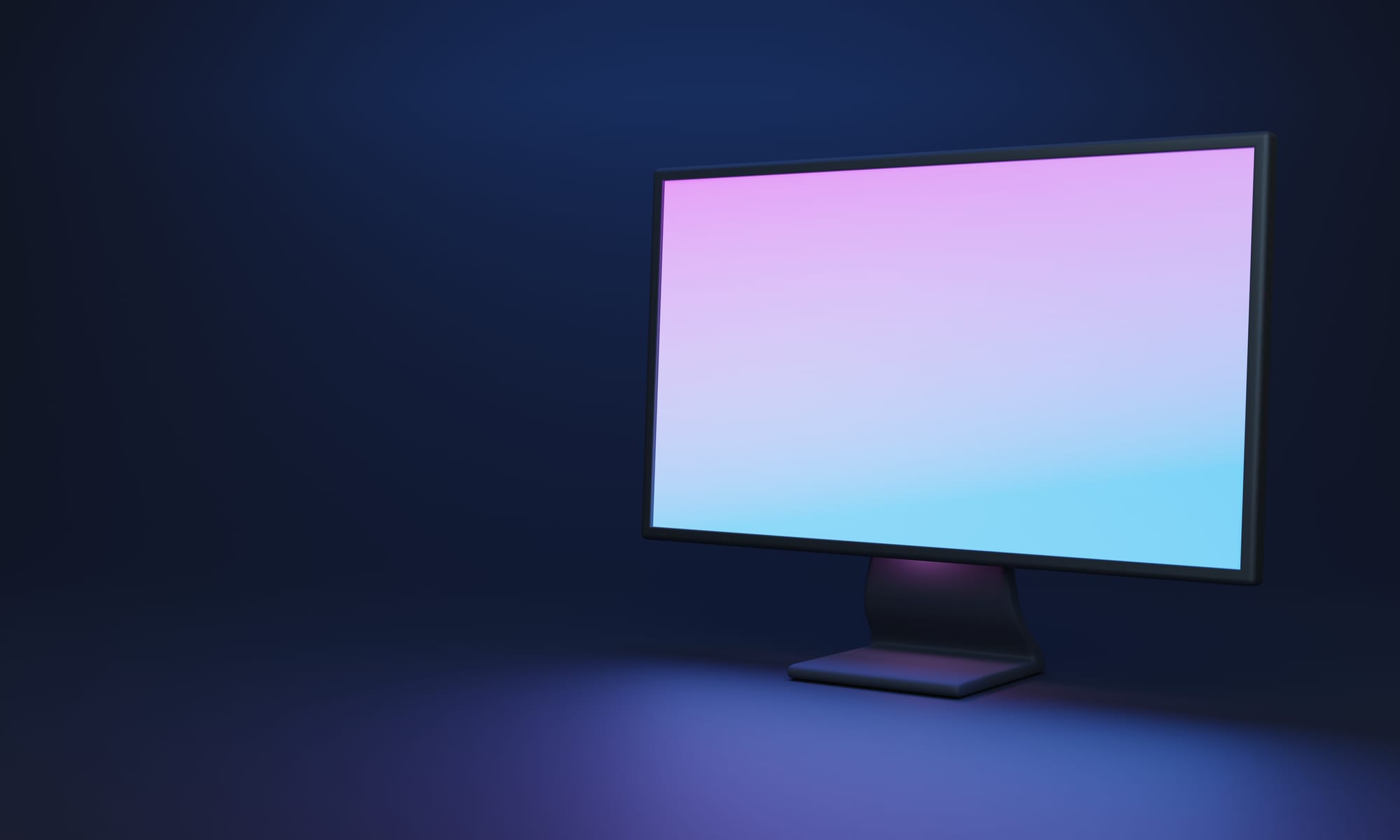Computer Monitor Buying Guide: What You Need to Know Before Purchasing

introduction
Choosing a computer monitor is one of the most important decisions for your everyday use experience, whether it's for work, school, gaming, or watching movies. The right monitor can significantly improve your efficiency and comfort. In this article, we'll review the key factors to consider before buying a computer monitor, to ensure you find the monitor that best suits your needs.
Screen size and resolution
- Screen size : Screen size is measured in inches, with popular sizes ranging from 21 to 32 inches. Smaller screens are suitable for basic use and close-up work, while larger screens are suitable for remote work, gaming, and viewing multimedia content. The choice of screen size depends on how far you work from it and your specific needs.
- Resolution : Resolution determines the sharpness of the image. Screens with higher resolutions display a sharper, clearer image. Common resolutions are:
- Full HD (1920x1080) : Suitable for most basic uses.
- Quad HD (2560x1440) : Suitable for professional work and games with advanced graphics.
- Ultra HD (3840x2160) or 4K : Provides an extremely sharp image and is suitable for viewing high-quality content and precise graphic work.
Panel types
The screen panel is an important factor that affects image quality and viewing angles:
- TN (Twisted Nematic) : Offers a fast response time and low cost, but with narrower viewing angles and poorer color quality. Mainly suitable for gamers and those who need a fast response time.
- IPS (In-Plane Switching) : Offers accurate colors and wide viewing angles. Suitable for those who do graphic work, video editing, and viewing multimedia content.
- VA (Vertical Alignment) : Offers high contrast and good viewing angles, but slower response time compared to TN. Suitable for watching movies and office work.
Refresh rate and response time
- Refresh rate : Measured in Hertz (Hz) and indicates how many times per second the screen updates. A higher refresh rate offers smoother motion in the image. Common refresh rates are:
- 60Hz : Suitable for general uses.
- 75Hz - 120Hz : Suitable for gamers and offers a smoother gaming experience.
- 144Hz and above : Suitable for professional gamers and ultra-fast games.
- Response time : Measured in milliseconds (ms) and indicates how long it takes for a pixel to change color. A lower response time offers a sharper, clearer image with fast movements. A response time of 1-5ms is suitable for most uses.
